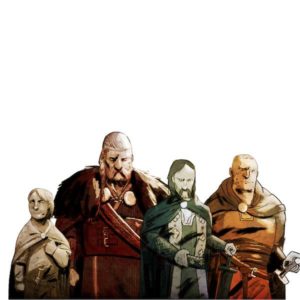
Edward the Confessor as I have said, left a horrible and bloody scramble for the throne behind him because he cluelessly took a vow of celibacy, so he could have no child to name heir, and he also vengefully bankrupt his mother, preventing her from giving him a brother. Now, because of his Mistake, 4 Powerful Men had seen the Untouched English Power, without a King to wield it, and they couldn’t resist the temptation to possess that power themselves. And so the battle for the throne began.
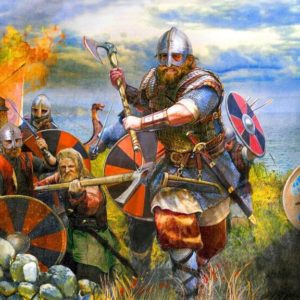
The First Contender: Harald Sigurdsson, also known as Harald of Norway and given the epithet Hardrada which can be roughly translated from old norse as “stern counsel” or “hard ruler” in the sagas (Sagas are prose stories and histories, composed in Iceland and to a lesser extent elsewhere in Scandinavia). His father was Sigurd Syr and his Mother was under the title of Åsta Gudbrandsdatter. Hardrada also became King of Norway (as Harald III) from 1046 to 1066. In addition, he unsuccessfully claimed both the Danish throne until 1064 and the English throne in 1066. Before becoming king, Harald had spent around fifteen years in exile as a mercenary and military commander in Kievan Rus’ and of the Varangian Guard in the Byzantine Empire.
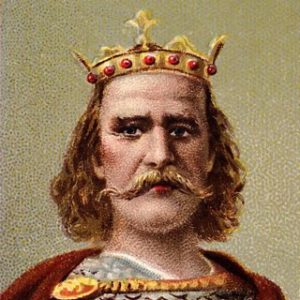
The second Contender: Harold Godwinson, often called Harold II, was the last crowned Anglo-Saxon king of England. Harold reigned from day after Edward the Confessor died on the 6th January 1066 until his death at the Battle of Hastings, combating the Norman invaders led by William the Conqueror during the Norman conquest of England. His death marked the end of The Anglo-Saxon rule over Medieval England.
Harold was a powerful earl and member of a prominent Anglo-Saxon family with ties to Canute the Great, son of the previously mentioned viking raider Sweyn Forkbeard and the son of the earl who crowned Edward the Confessor. Upon the death of his brother-in-law King Edward the Confessor on 5 January 1066, the Witenagemot convened and chose Harold to succeed; he was the first English monarch to be crowned in Westminster Abbey. In late September, he successfully repelled an invasion by rival claimant Harald Hardrada of Norway before marching his army back south to meet William the Conqueror at Hastings two weeks later.
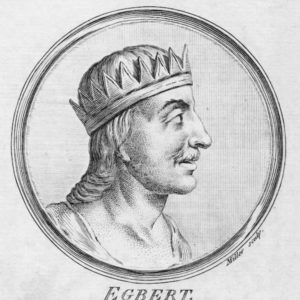
The third Contender: Edgar Atheling.When King Edward the Confessor died on 5 January 1066, Atheling was still only in his early teens, and was ample considered to be to young to be an effective military leader. This had not been an insurmountable obstacle in the succession of many other previous kings. However, the several greedy and avaricious ambitions that had been aroused across north-western Europe by the Confessor’s lack of an heir (due to his own celibacy) prior to 1057, and by the king’s complete failure thereafter to prepare the method and initiative for Atheling to succeed him, crushed any prospect of a peaceful hereditary succession. War was then clearly an inevitable prospect and Edgar was in no position to fight it (much to Atheling’s benefit as avoiding the fight enabled him to outlive all but one of the remaining claimants to the throne) while he was without powerful adult relatives to champion his cause. Accordingly, the Witenagemot elected the man best placed to defend the country against the competing foreign claimants, to succeed Atheling and that man was non other than Harold Godwinson himself.
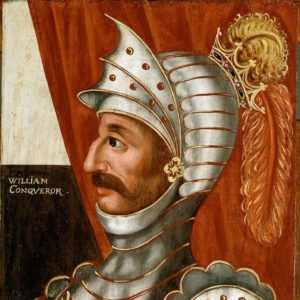
The final Contender: William I, usually known as William the Conqueror and sometimes William the Bastard, became the first Norman King of England, reigning from 1066 until his death in 1087. He was a descendant of Rollo and was Duke of Normandy from 1035 onward. His hold was secure on Normandy by 1060, following a long struggle to establish his throne, and he launched the Norman conquest of England six years later. The rest of his life was marked by struggles to consolidate his hold over England and his continental lands, and by difficulties with his eldest son, Robert Curthose.
Now that we have discussed the 4 contenders to the throne, let us discuss exactly how the battle went down and how the final contender was chosen in the final section.